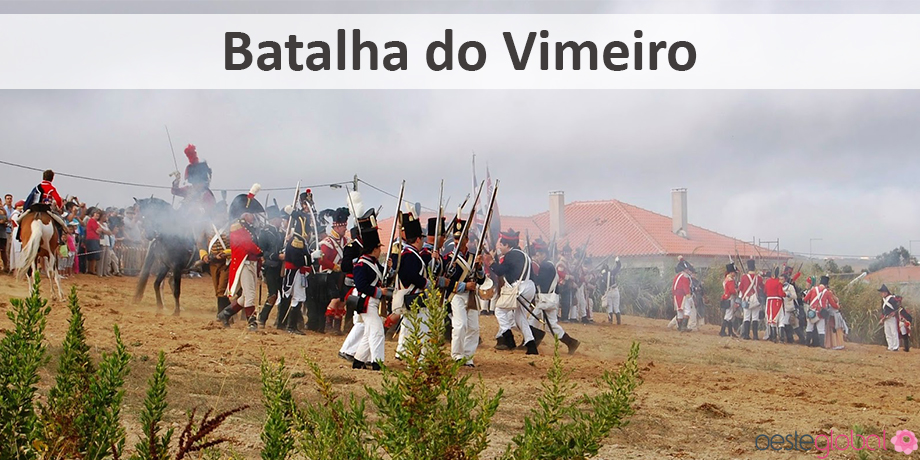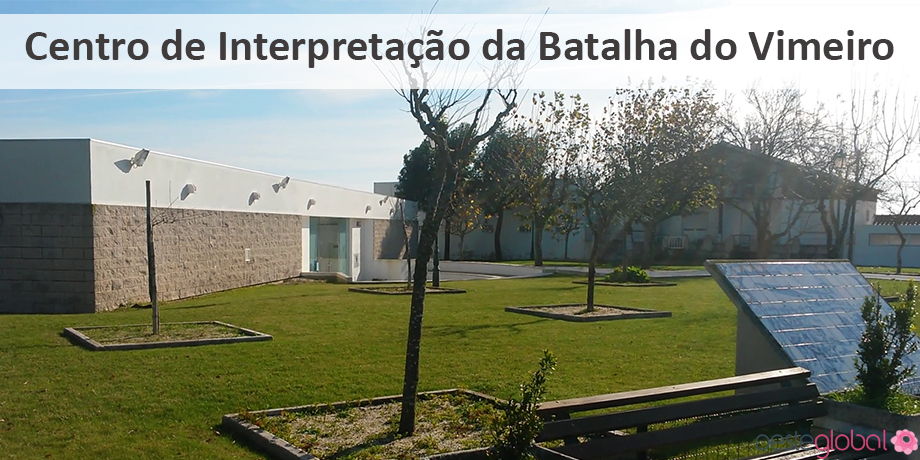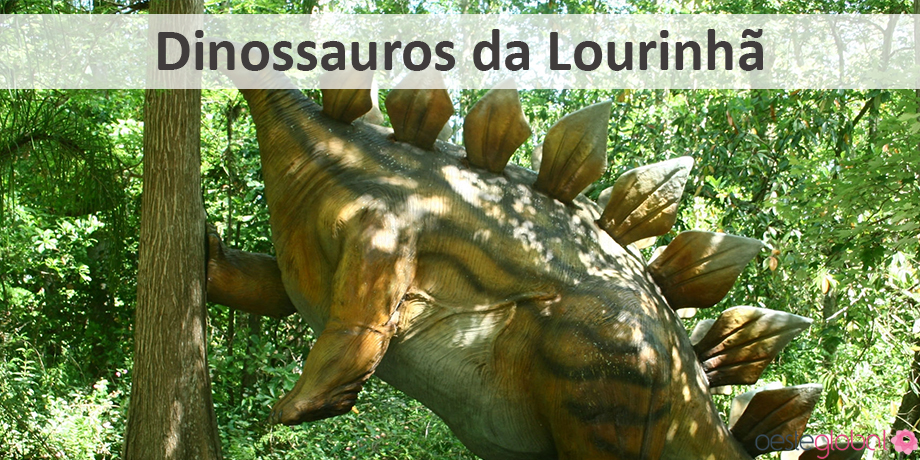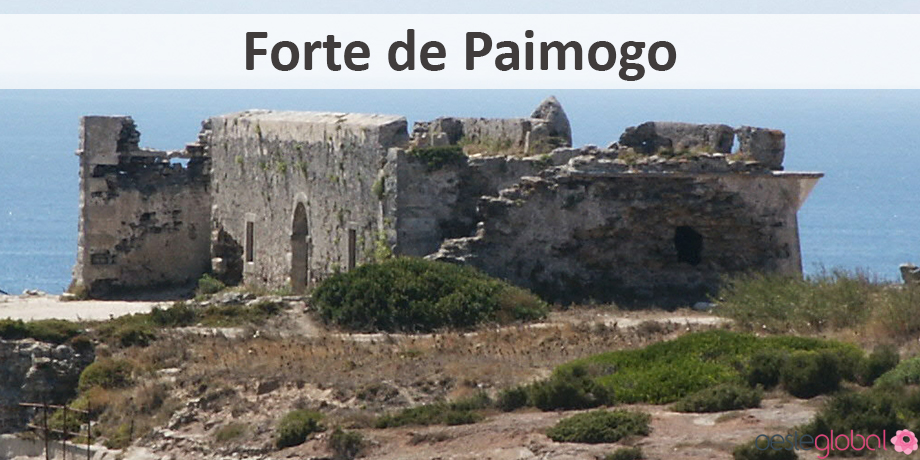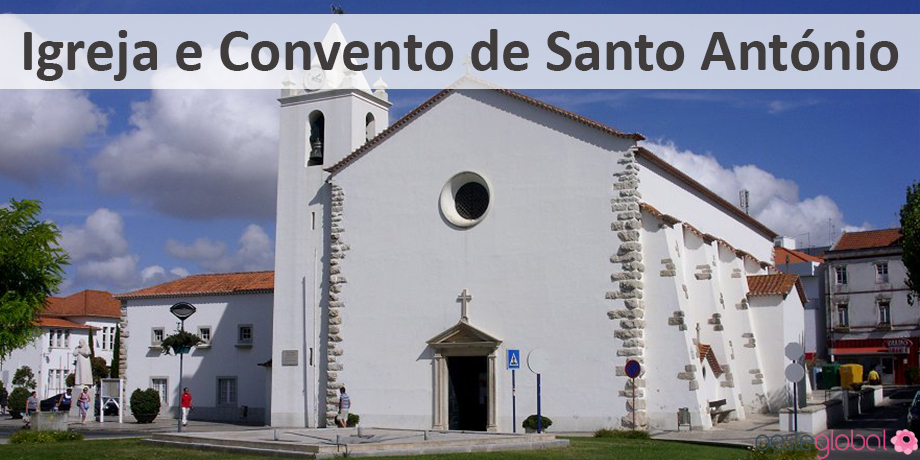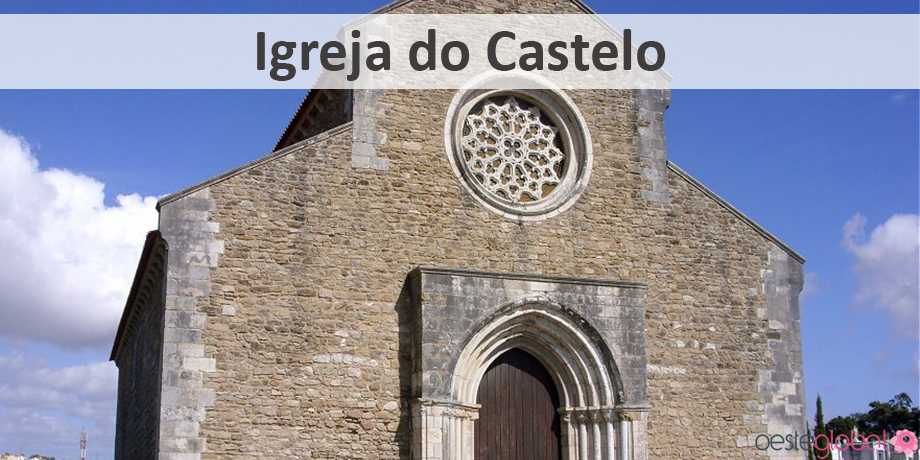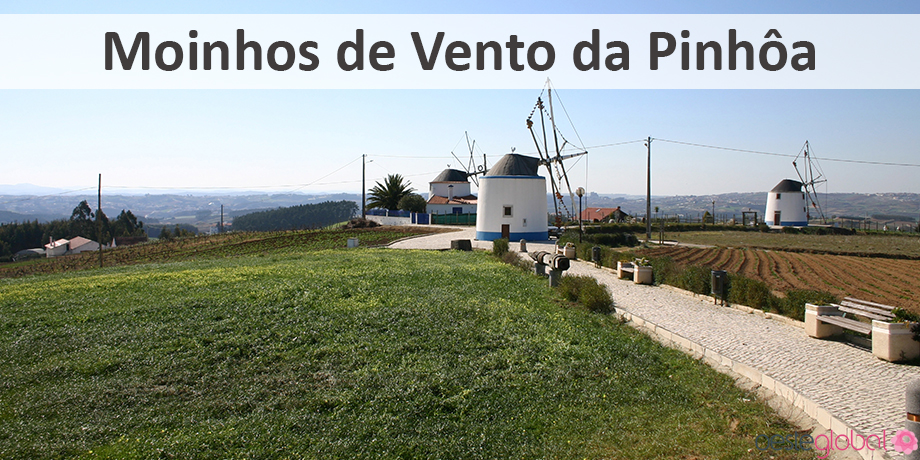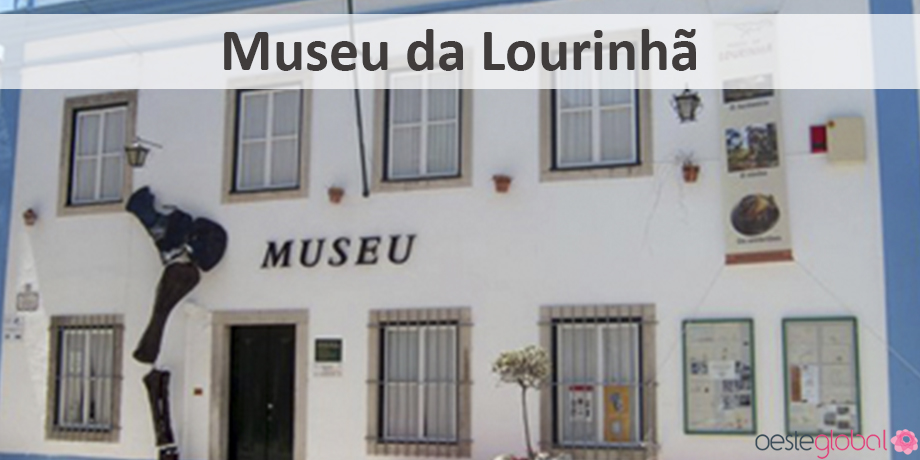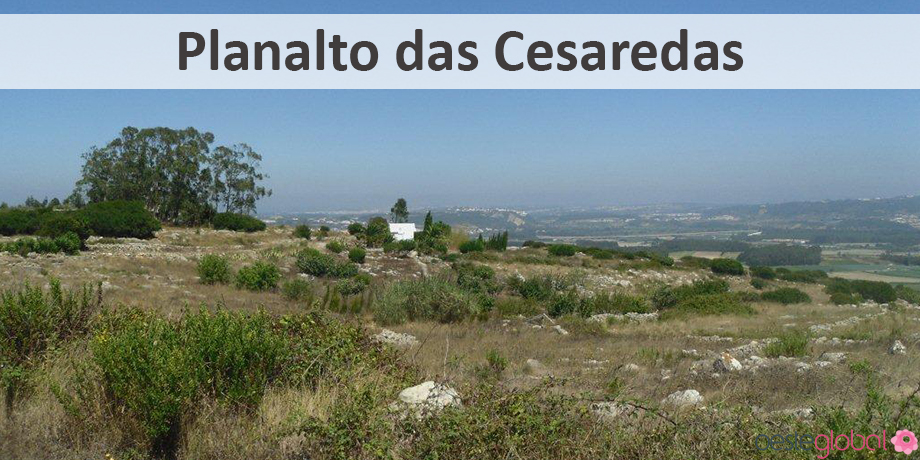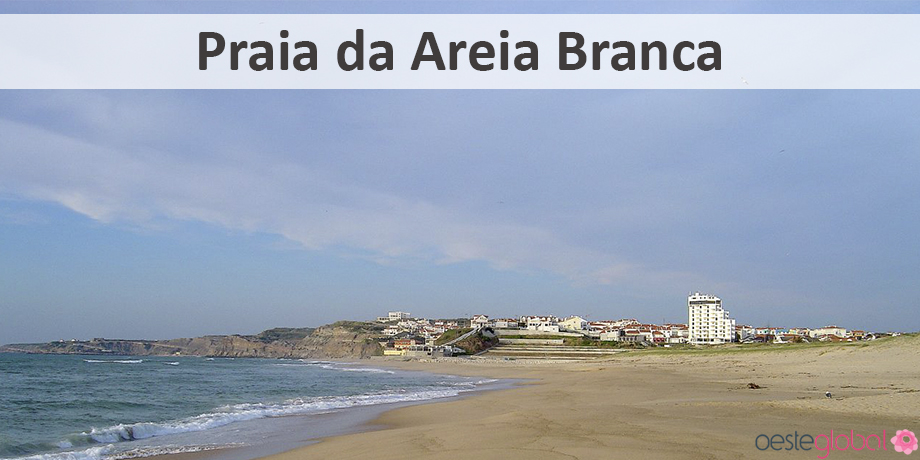Lourinhã
Visitar: Heritage | Nature | Beaches
The Lourinhã county is in the Western Region, with eight parishes: Lourinhã and Atalaia; Miragaia and Marteleira; Moita dos Ferreiros; Reguengo Grande; Santa Bárbara; Ribamar; São Bartolomeu dos Galegos e Moledo; and Vimeiro. Twelve kilometers of coastline where beaches, cliffs and tranquil bays, which allow the practice of various water sports and water activities. As for the interior of the county, the rural landscape allows to be able to develop activities related to agricultural life or leisure in the natural environment.
According versions, Lourinhã name is associated with a Roman settlement called byLaurinianum, Laurinius or Louriana, which in turn comes from Laurus or Laurius that the Latin origin means Loureiro, a very abundant tree in this region. Thus, the origin of Lourinhã is a Roman village called Laurinius, formerly bathed by the Atlantic Ocean, which over the years has been regressing, and currently Lourinhã is bathed in a small river, the Rio Grande. But there are other theories about its origin, one of them, its origin is French, from his first donee D. Jordan, a native of the region, which would be bathed in the river Loir. In the twelfth century, during the period of reconquest, D. Afonso Henriques granted Lourinhã the nobleman D. Jordan, as a way to thank the services provided in the reconquest of Lisbon from the Moors. In 1160, the charter was granted to its inhabitants, later confirmed by D. Sancho I in Santarem, in the year 1218 and by D. Afonso III, in 1251, becoming a landmark for Lourinhã.
The Lourinhã county remained independent despite its extinction decreed to 1897, this was reinstalled with the revolt of his people. The lourinhanenses had awareness of the importance of preserving the county, increasing their growth. Thus, the county closed on itself, governed by a commission responsible for its development. And at the end of the nineteenth century, its population was dedicated to agriculture.
This insulation broke with the construction of roads and pavements in the streets and squares, and the construction of the first sewers, among others that promote the living conditions of its inhabitants, joining the evolution of teaching with the construction of primary school. And in 1875, there were school equipment in Lourinhã Moita dos Ferreiros, Moledo, Reguengo Grande and Miragaia. The educational, social and urban progress took account of the life of lourinhanenses. In the late nineteenth century, Lourinhã materialized an old aspiration, the creation of its region.
Determinant in the twentieth century took advantage of the opportunities of the White Sand Beach, and was distributed domiciliariamente water, also established a network of public lighting, among other events that allowed Lourinhã become a municipality with equipment that provided a good quality of life and social welfare.




